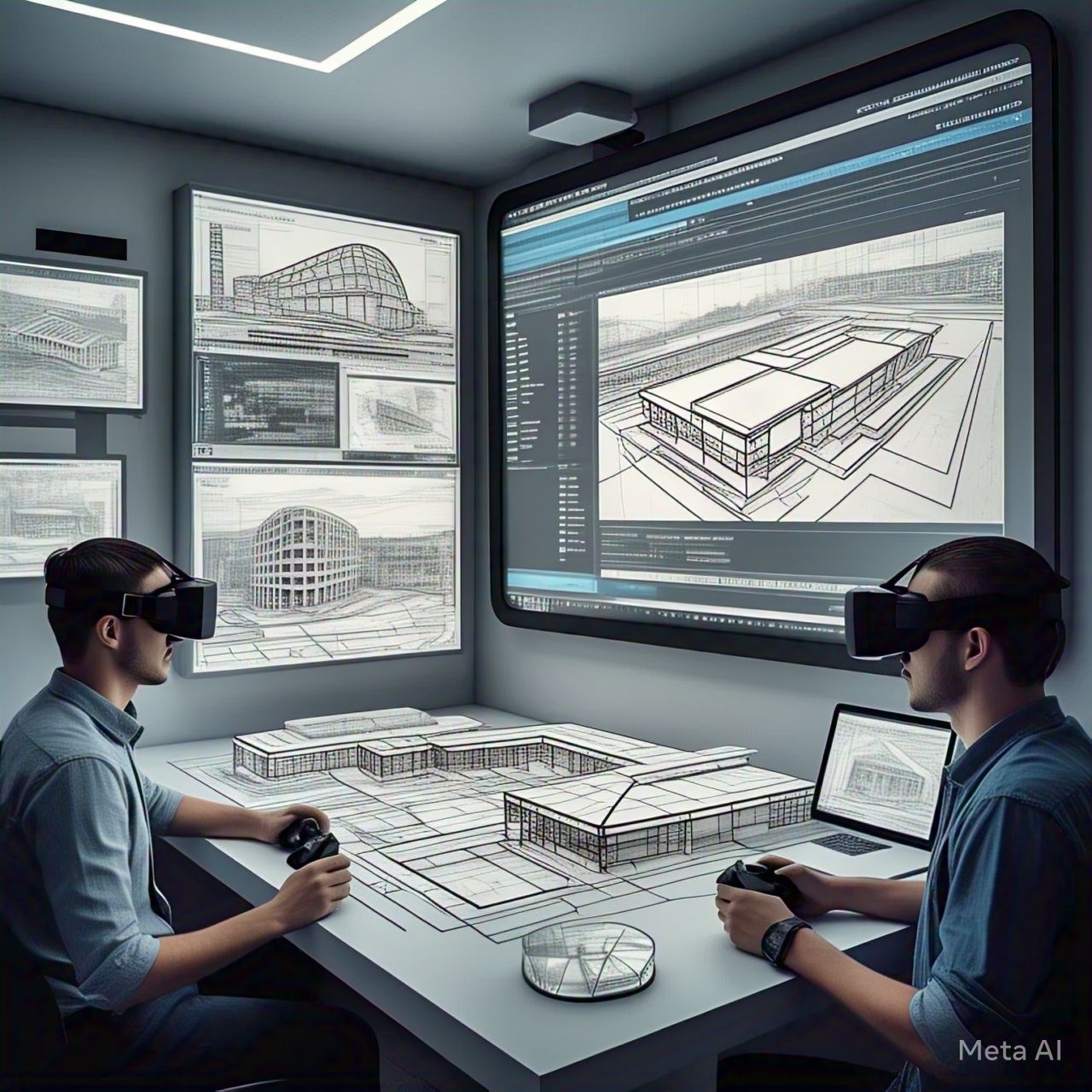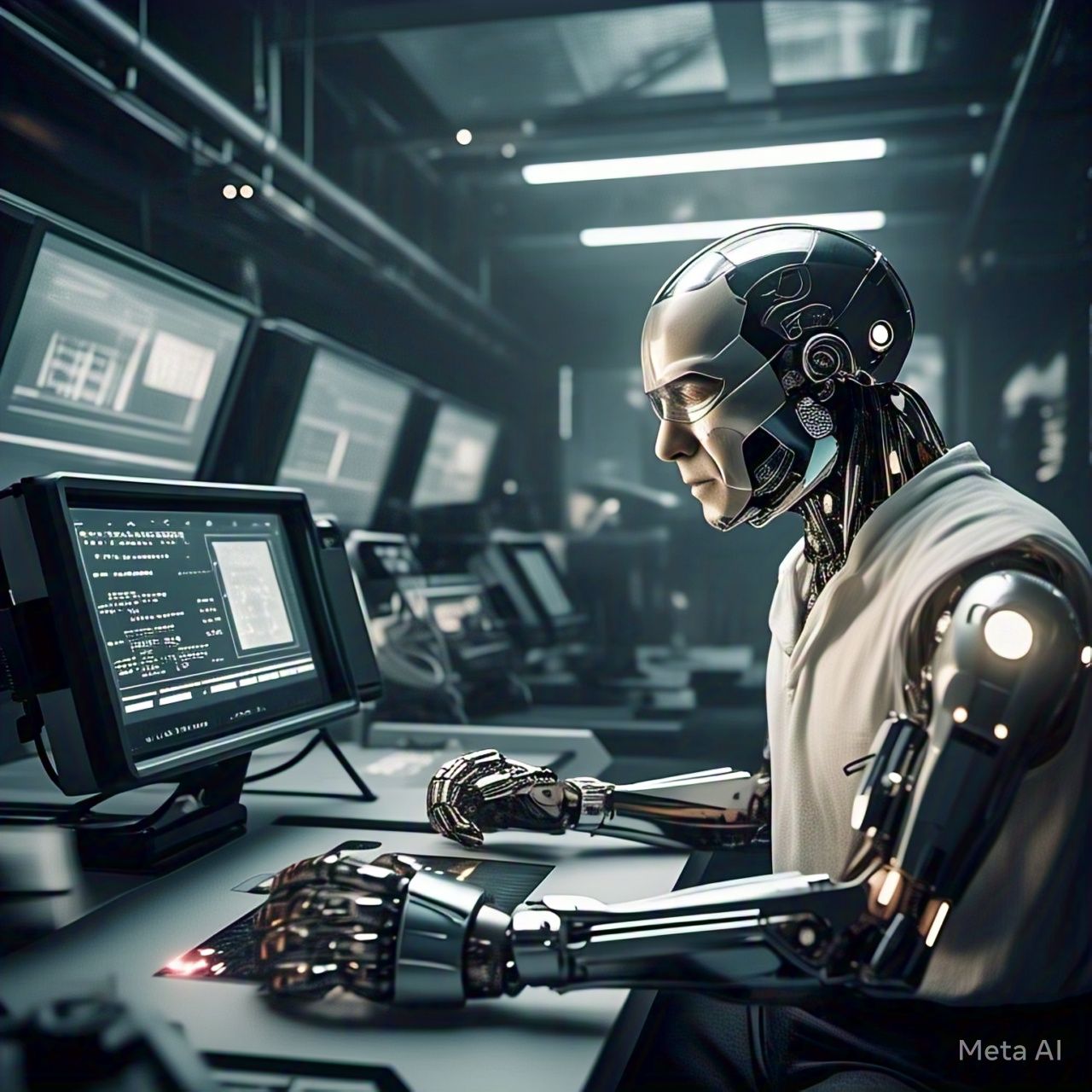Introduction
The fusion of Virtual Reality (VR) and Artificial Intelligence (AI) is transforming the architectural industry, revolutionizing how designs are visualized, experienced, and refined. Traditional blueprints and 2D renderings are giving way to immersive, AI-powered VR environments that allow architects, clients, and stakeholders to explore projects before construction begins. This article explores how AI and VR are enhancing architectural visualization, improving design accuracy, and streamlining decision-making.
The Role of AI in Architectural Visualization
1. AI-Driven Design Optimization
AI enhances the design process by analyzing data, predicting user preferences, and generating optimized architectural models. By automating tedious design tasks, AI allows architects to focus on creativity while ensuring efficiency and feasibility.
Key Benefits:
- AI-generated design recommendations for better space utilization.
- Faster and more efficient architectural planning.
- Data-driven decision-making for optimized building layouts.
2. Smart Rendering and Real-Time Adjustments
AI-powered rendering engines speed up the process of creating photorealistic images, eliminating the need for time-consuming manual adjustments. Machine learning algorithms enhance textures, lighting, and materials in real-time, allowing for more accurate visual representations.
Key Benefits:
- Instant rendering of high-quality architectural visuals.
- Real-time material and lighting adjustments for better realism.
- Enhanced visualization with AI-powered detail enhancement.
The Impact of Virtual Reality on Architectural Visualization
3. Immersive Walkthroughs and Client Engagement
VR technology allows architects and clients to step into a virtual environment and explore a project in 3D before construction begins. This immersive experience helps clients understand spatial relationships, material choices, and overall design aesthetics.
Key Benefits:
- Increased client engagement through interactive walkthroughs.
- Better spatial awareness and project comprehension.
- Faster approval processes with real-time design feedback.
4. Collaborative Design and Remote Accessibility
VR facilitates remote collaboration among architects, engineers, and clients, enabling them to work together from different locations. AI enhances this process by providing real-time insights, detecting design flaws, and suggesting improvements.
Key Benefits:
- Seamless collaboration between global teams.
- AI-assisted error detection for improved design accuracy.
- Reduced project delays with real-time modifications.
5. Cost and Time Efficiency in Design Revisions
Traditionally, architectural modifications required extensive time and resources. AI and VR streamline this process by enabling real-time changes in a virtual space, eliminating costly redesigns and construction errors.
Key Benefits:
- Reduced costs by minimizing material waste and rework.
- Faster iteration of design changes in a virtual setting.
- Improved accuracy in project execution.
The Future of AI and VR in Architecture
As AI and VR technologies continue to evolve, the architectural industry will see even greater advancements in visualization and design efficiency. Future developments will focus on enhancing AI-driven simulations, integrating haptic feedback for more realistic experiences, and improving real-time collaboration tools for global teams.
Conclusion
AI and VR are revolutionizing architectural visualization by creating immersive, data-driven experiences that enhance design accuracy, client engagement, and project efficiency. As technology continues to advance, the combination of AI and VR will redefine how architects conceptualize and present their ideas, making the design process more interactive, efficient, and innovative than ever before.




